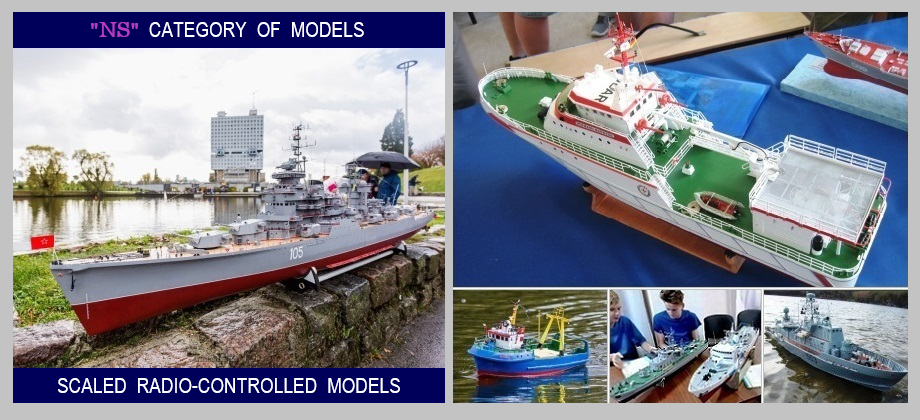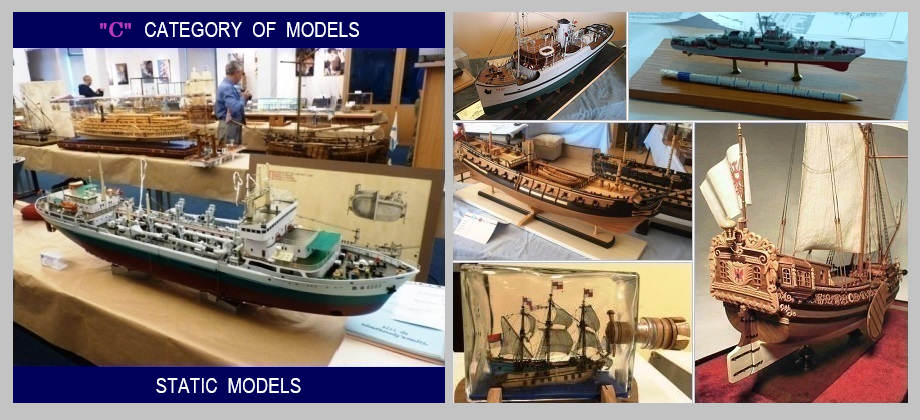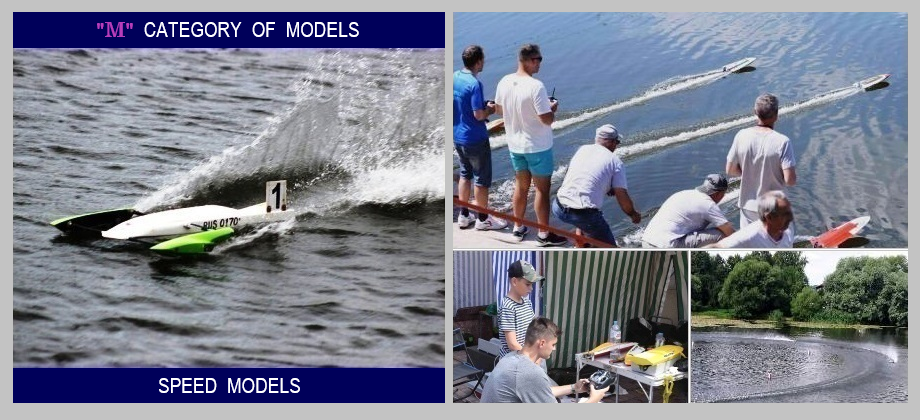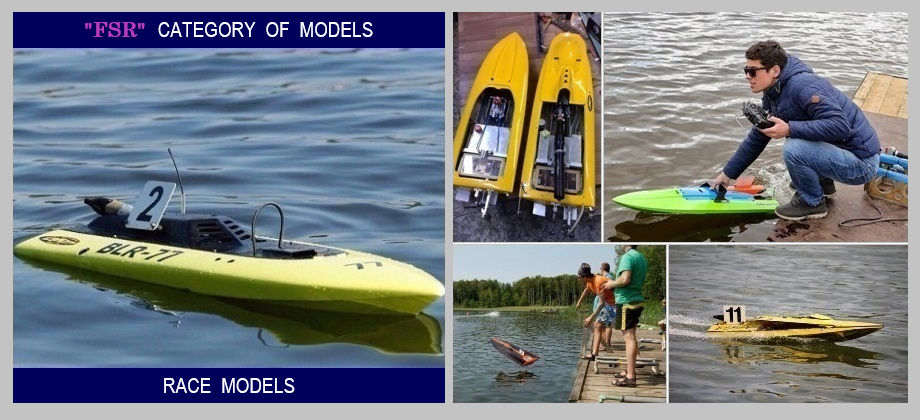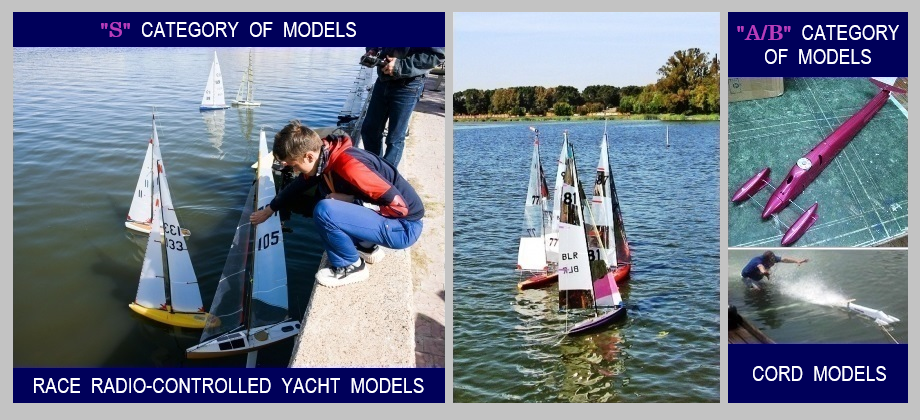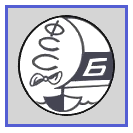► OUR MISSION IS UNITING PEOPLE TO ACTIVELY DEVELOP ALL AREAS OF SHIPMODELING SPORT TOGETHER !
This section contains the information about seminars, exhibitions and other SMSIF events in addition to sports competitions held by the Federation.
01.11.2023
A seminar for ship modeling sport judges in C Classes (static models)
The seminar for judges working with static models took place on 1 November 2023 during the “Tsemes Bay Cup-2023” International Competition (Novorossiysk, Russia). The event was held in one of the halls of Admiral Ushakov Maritime State University (Novorossiysk) and attracted a large number of participants, both judges and modelers – over 45 people in total. Dmitriy Kalmykov (Belarus) acted as an organizer of the seminar being himself Judge of International Category and Chief Judge of the International Competition.
The seminar was an opportunity to review a number of issues, some of them were typical questions which keep arising during competitions in static and scaled classes. Others were specifically related to the existing differences between SMSIF and FSMR Rules, practical implementation of the latest technologies and the ethical side of judges’ work organization.
First of all, the seminar was a platform for a detailed discussion of Section “C” Competition Rules applied in the Federation of Ship Modeling Sport of Russia, including principles which underlie decisions made by document commissions when the commission members have to accurately assign models to their corresponding classes. The seminar exposed peculiarities of judges’ work with each class, nuances and standard practices of static evaluation at the competitions as well as practical application of several criteria while evaluating models in each class.
One of the agenda points, namely, application of 3D-technologies in shipmodeling sport, sparked a heated debate. With regards to that, the participants talked about possible approaches to evaluating models which include parts not made by the author of the model, and clarified the concept of “industrially made” parts and units of ship models in modern day conditions.
Some seminar participants suggested classifying models made using 3D-technologies into separate categories. But ship modeling sport practices have proved otherwise: for the past three decades, other technologies have been widely applied which also enable replication and reproduction of complex parts and assembly units while maintaining the highest quality level together with low time and labour costs. Some examples include photo-etching and molding from polyether resins using a master model, metal casting as used in jewellery manufacturing or even employing milling and engraving machines with a digital program control. Thus, ship modeling judges should be particularly meticulous while trying to assess modelers’ work. The judges face a challenging task as they have to precisely measure the degree to which a model contains purchased and pre-ordered parts and units and to subtract them from the total amount of work performed by a competitor.
The seminar participants also discussed the ShipModel Sport International Federation Rules for “C” Classes (project version), various aspects of dividing models into classes, new subclasses of models, including changes of evaluation criteria.
In order to develop a new version of FSMR Section “C” Rules, the participants also reviewed both positive and negative aspects of applying the existing Russian and Belarussian Section “C” Rules. Special attention was drawn to differences and discrepancies between the national and international (SMSIF) rules.
Finally, a number of ethical and legal questions which influence ship modeling sport judges’ work were also debated, such as:
- When a judge combines a supervisory function and work in the Federation, its regional branches, technical clubs, ship modeling production facilities;
- Has to judge “his” or “her” own club and region;
- Has to work in the judges’ team which evaluates his or her model.
As the above questions tend to cause problems, the participants received concrete recommendations on how to deal with them.
